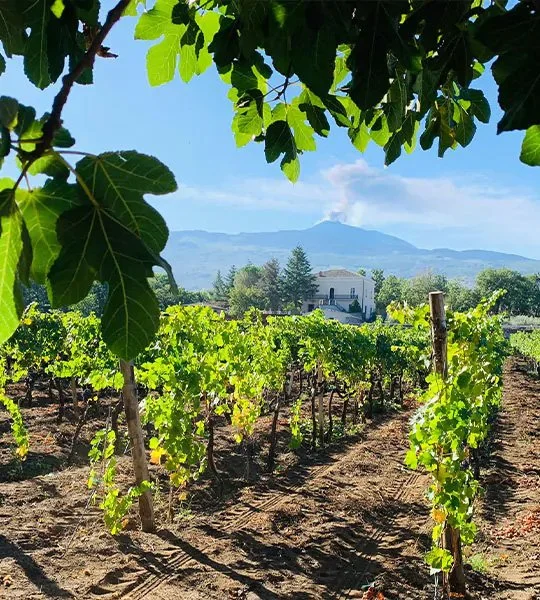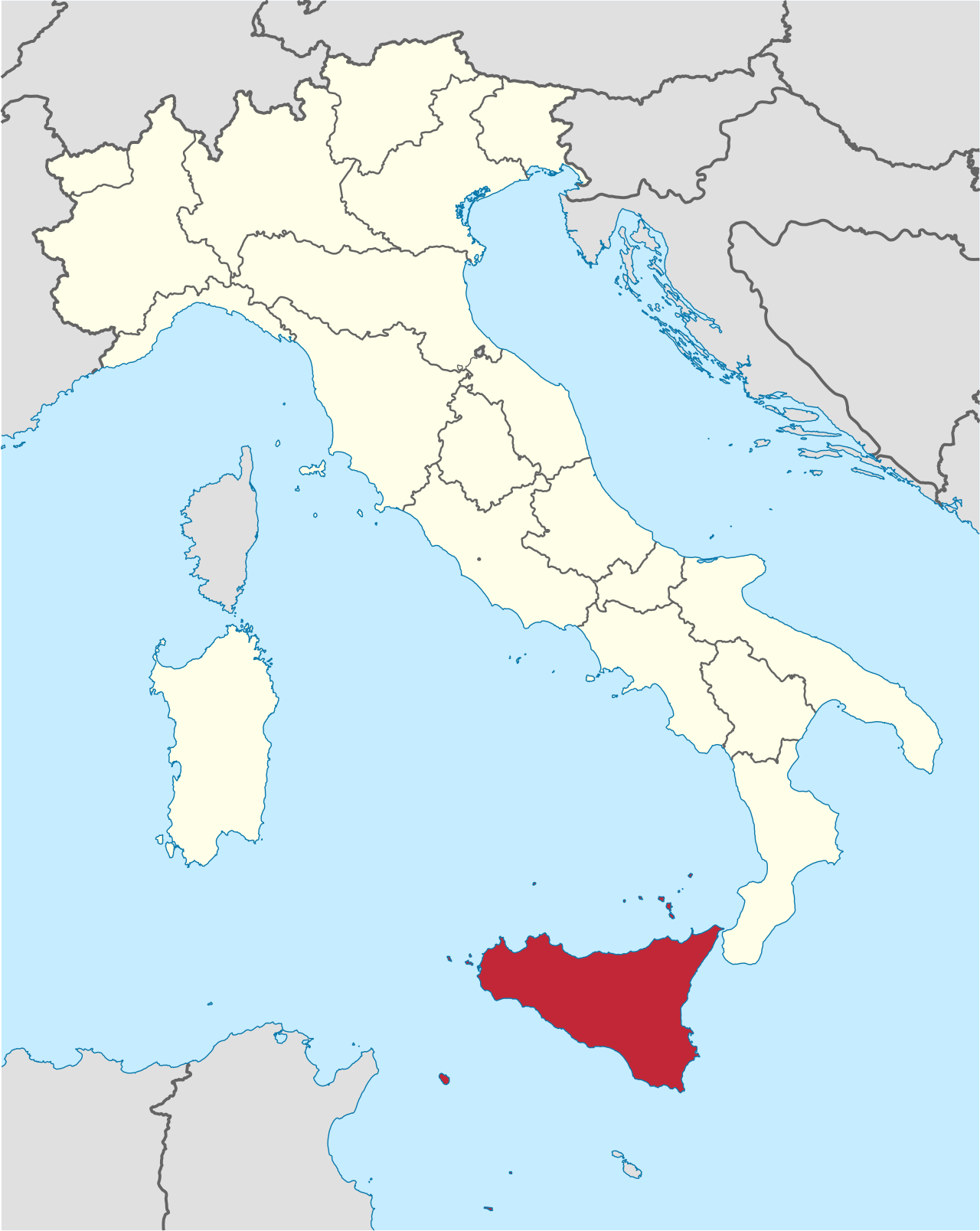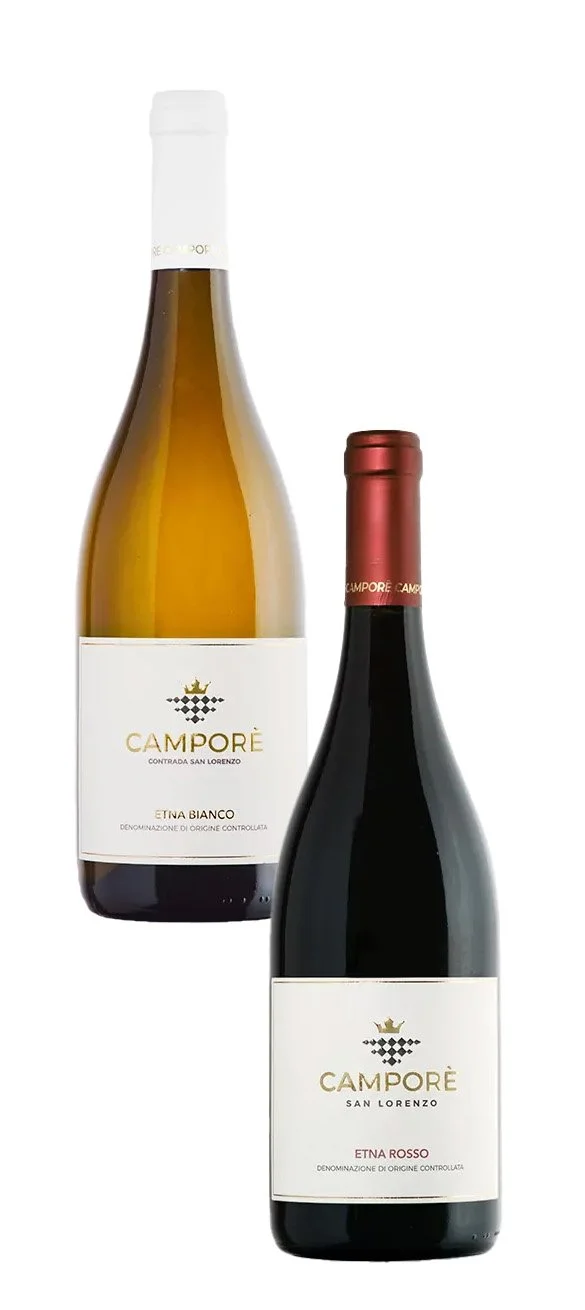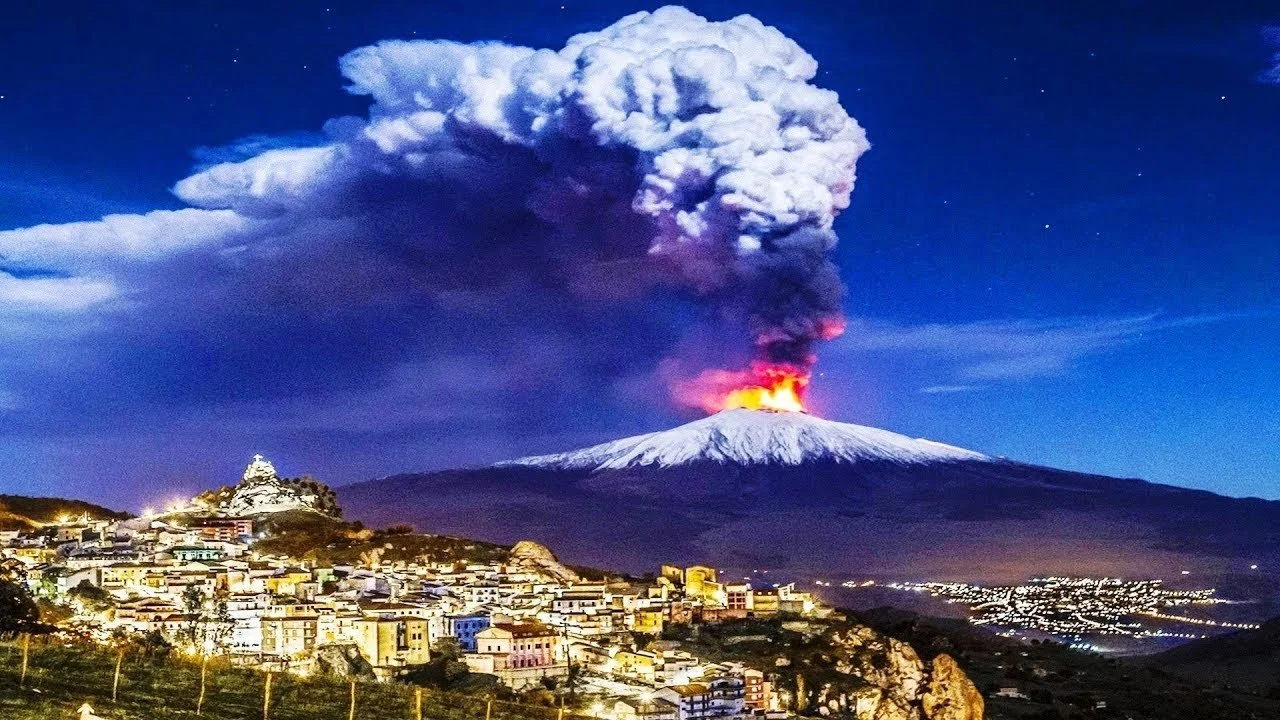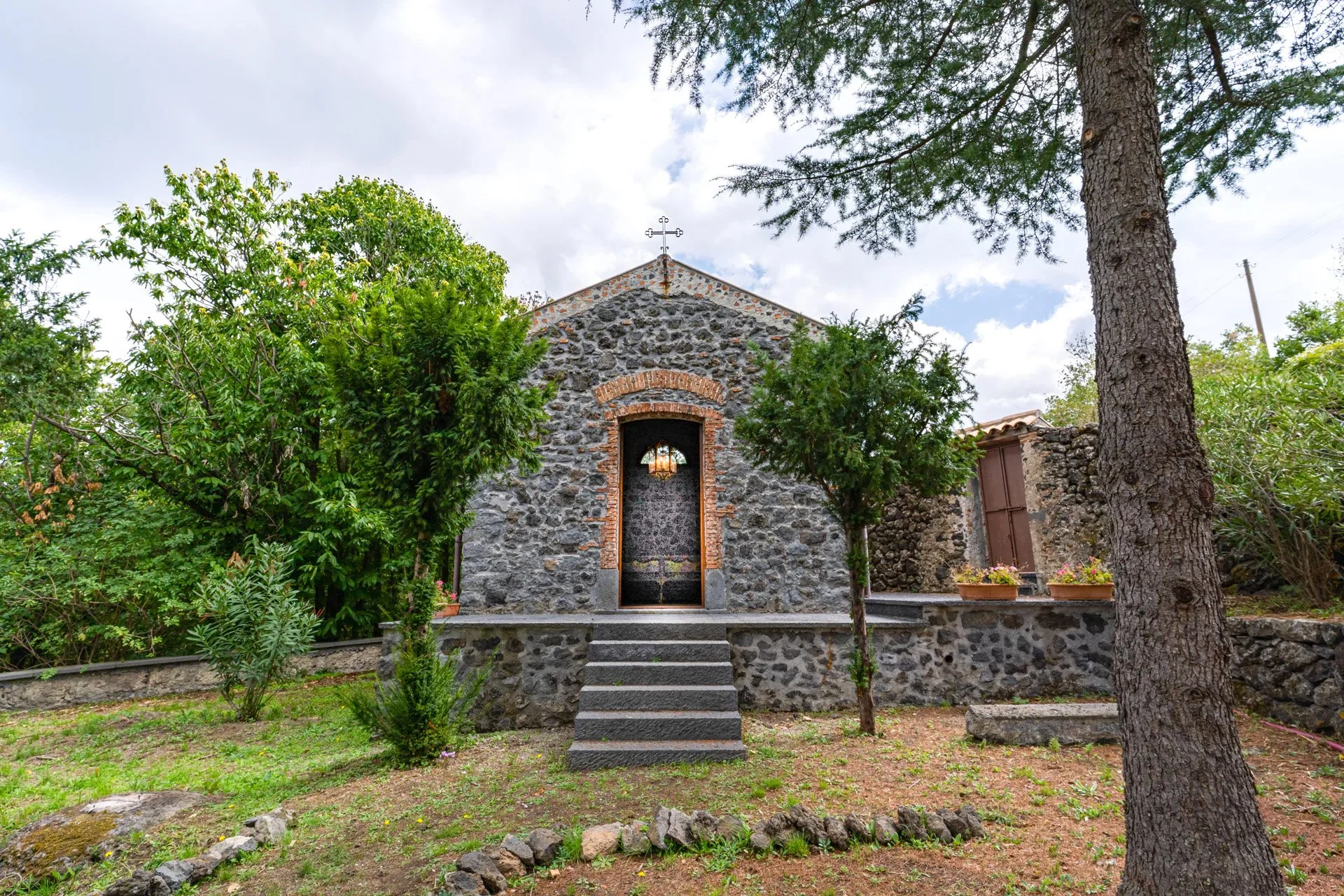Etna from the Campore vineyards (fig tree in the foreground)
sicily
Sicily, the southernmost of Italy’s 20 Regions, is the largest and most populous island in the Mediterranean, with about 5 million inhabitants. It is the divisor between the Eastern and Western Mediterranean, separated from Italy by the narrow Strait of Messina, and from Tunisia’s Cap Bon by about 40 miles of open water.
Situated at the crossroads of the Mediterranean, Sicily’s history is a long and complicated one. The earliest evidence for human settlement dates to about 12,000 BC, and the island enters history around 1000 BC with the creation of Greek and Phoenician cities.
By around 750 BC, Sicily had three Phoenician and a dozen Greek colonies, and the region became one of the centers of Magna Graecia (“Greater Greece”). It was later the site of the Sicilian Wars (between Greek city-states and Carthaginian ones), and then the Punic Wars (an epic struggle between Rome and Carthage for mastery of the Mediterranean. Roman territory for some 700 years, after the fall of the Empire Sicily was controlled by the Vandals, the Ostrogoths, the Byzantine Empire and, after the Arab conquest, the Emirate of Sicily. The Norman conquest of southern Italy led to the creation of the County of Sicily in 1071, that was succeeded by Kingdom of Sicily, a state that existed from 1130 until 1816, ruled by Normans, then Aragonese, then by the Holy Roman Empire. Later, it was unified under the House of Bourbon with the Kingdom of Naples as the Kingdom of the Two Sicilies. The island became part of Italy in 1860 following Garibaldi’s Unification of Italy (under the house of Savoy). Sicily was given special status as one of Italy’s five autonomous regions on 15 May 1946, and today is one of Italy’s most diverse regions for food, wine and culture.
The Wines
Etna Bianco DOC: 70% Carricante, 30% Cataratto. 15-20 year old vines. Vinified in stainless followed by several months rest in stainless before bottling. Full-bodied but fresh and crisp… a white that ages beautifully.
Etna Rosso DOC: 95% Nerello Mascalese, 5% Nerello Capuccio. 40-60 year old vines. 2 weeks cold maceration followed by a slow 12-month fermentation in oak barrels, then a further 3 months rest before bottling. Rich and mellow, this BEGS for grilled meats.
mount etna and the etna doc
Mount Etna is the largest and most active volcano in Europe. Its near-constant state of eruption provides the fertile, mineral-rich soils that make the lower slopes and the nearby plain of Catania one of Italy’s agricultural breadbaskets.
Etna, January 2021 eruption
In Greek and Roman mythology, the forge of Vulcan, blacksmith to the Gods, lay under Etna. It also acted as the subterranean prison of the fearsome monster Typhon, the son of Gaia and Tartarus.
The volcano rises to 11,014 ft. Viticulture and the Etna DOC are confined to a unique C-shaped belt wrapping around the north, east and south sides of the mountain from about 1,200 to about 3,300 ft elevation. Within the DOC, there are parcels belonging to about 20 villages (communi), which in turn contain some 150 subzones (Contrade, Unite Geografiche Aggiuntivi). Etna DOC is the oldest DOC in Sicily, created in 1968, and one of the oldest in Italy. There is also a small amount of Etna Superiore DOC, produced only from the village of Milo.
This may seem like overkill- after all it’s the slopes of a single volcano, but each Contrada is unique, not just because of position on the slope but because Etna is an active volcano, constantly resurfacing parts of the mountain with new veneers of lava, whose composition is highly variable, leading to unique terroir both for position, slope and altitude but also unique in the very stuff from which the soils are made.
Etna DOC, courtesy CTVE
campore
Campore was founded in 2016 by Maria-Pia and Cristina Madaudo, young entrepreneurs fascinated by the unique terroir of Etna. The estate is in Contrade San Lorenzo and Campo Re (The King’s Lands) in the commune of Randazzo, all the way at the northern tip of the DOC. The vineyards sit on an ancient and decomposed lava flow at 2525 ft elevation.
The 18th century manor house and the small 18th century chapel built for the estate workers have both been restored, and the property contains a stop on the Littorina, the old coastal goods railway now repurposed as a tourism train.
“Fun fact: Sicily is divided into 9 provinces, of which the province of Catania hosts Mount Etna. The province of Catania is divided into 58 comuni, or municipalities, and ten of those—Adrano, Biancavilla, Belpasso, Bronte, Castiglione di Sicilia, Maletto, Nicolosi, Randazzo, Sant’Alfio, and Zafferana Etnea—all meet at the top of the volcano. So Etna is the only “decipoint” on the planet, and the most complicated border vertex anywhere. Note the commune boundaries on the DOC map above.”

